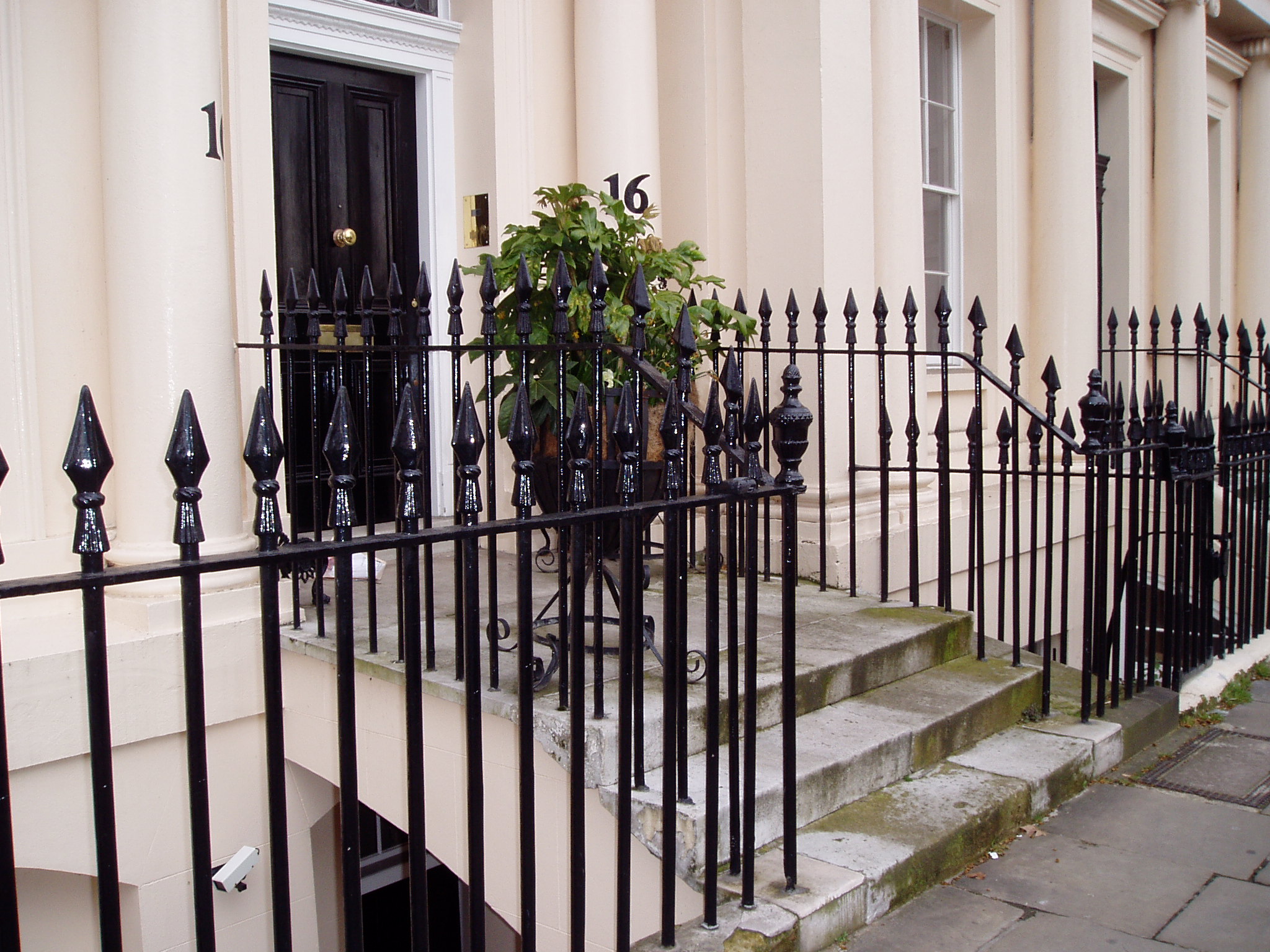Instant Comfort from New Shoes?
 In between the polar extremes of that beloved great old neighborhood and the bland shiny new subdivision of garage forward tract houses there is a third possibility. The Traditional Neighborhood Development (TND) There are lots of these places built over the last 40 years. One of my early favorites is Kentlands in Gaithersburg, Maryland. TND's demonstrated that narrow, slow streets with cars parked at the curb, houses with porches, and alley's serving garages at the back of the lot were not the work of some distant lost race. They show that better places can be built again by regular humans. We are not stuck with a world assembled out of housing tracts, McMansions, apartment complexes, office parks and strip malls. Finding out that we can do better lets us move on to wrestling with questions like "Will we do better?"
In between the polar extremes of that beloved great old neighborhood and the bland shiny new subdivision of garage forward tract houses there is a third possibility. The Traditional Neighborhood Development (TND) There are lots of these places built over the last 40 years. One of my early favorites is Kentlands in Gaithersburg, Maryland. TND's demonstrated that narrow, slow streets with cars parked at the curb, houses with porches, and alley's serving garages at the back of the lot were not the work of some distant lost race. They show that better places can be built again by regular humans. We are not stuck with a world assembled out of housing tracts, McMansions, apartment complexes, office parks and strip malls. Finding out that we can do better lets us move on to wrestling with questions like "Will we do better?"
A common criticism is that TND's are "inauthentic" places, that they lack the subtle layering and nuanced patina of the great old neighborhoods they have been modeled after. This really does miss some very important points, in my view. Yes, Kentlands is not Georgetown or Adams Morgan. But seriously, look around. Kentlands may not be Georgetown, but it is way better than the crappy sprawl across the arterial road in Montgomery County, Maryland.
We will be building a larger number of new buildings, new streets and new public spaces in the coming years. We should do this with care and attention to detail, but we should also recognize the what time can do to subtly improve a place. May of the aspects we value in older places have been accumulated over time, through trial and error.
The authentic stuff always requires time and wear. We don't expect instant comfort from new shoes.
A substantial definition and explanation of the term Traditional Neighborhood Development can be found in the Lexicon of the New Urbanism. I recommend downloading the PDF for close study.
